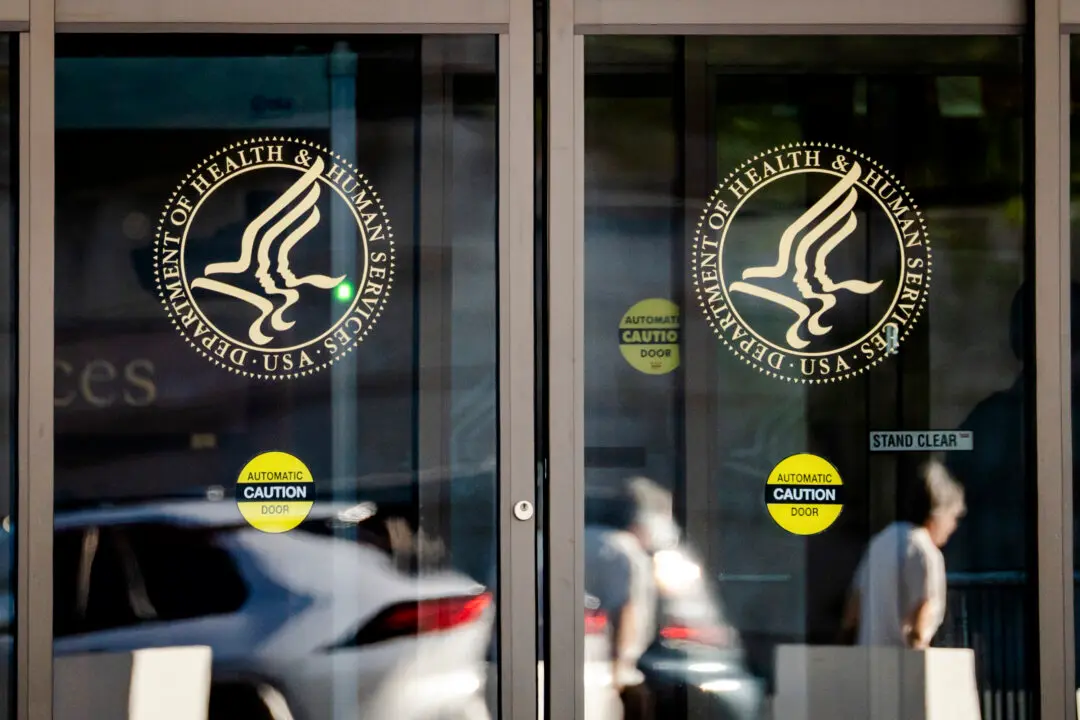The federal government will soon require alarms that go off if car passengers in rear seats are not wearing seat belts, according to a new rule issued on Dec. 16.
The National Highway Traffic Safety Administration (NHTSA), part of the U.S. Department of Transportation, has finalized the updated motor vehicle requirements for seat belts, which the agency said could save 50 lives per year.





